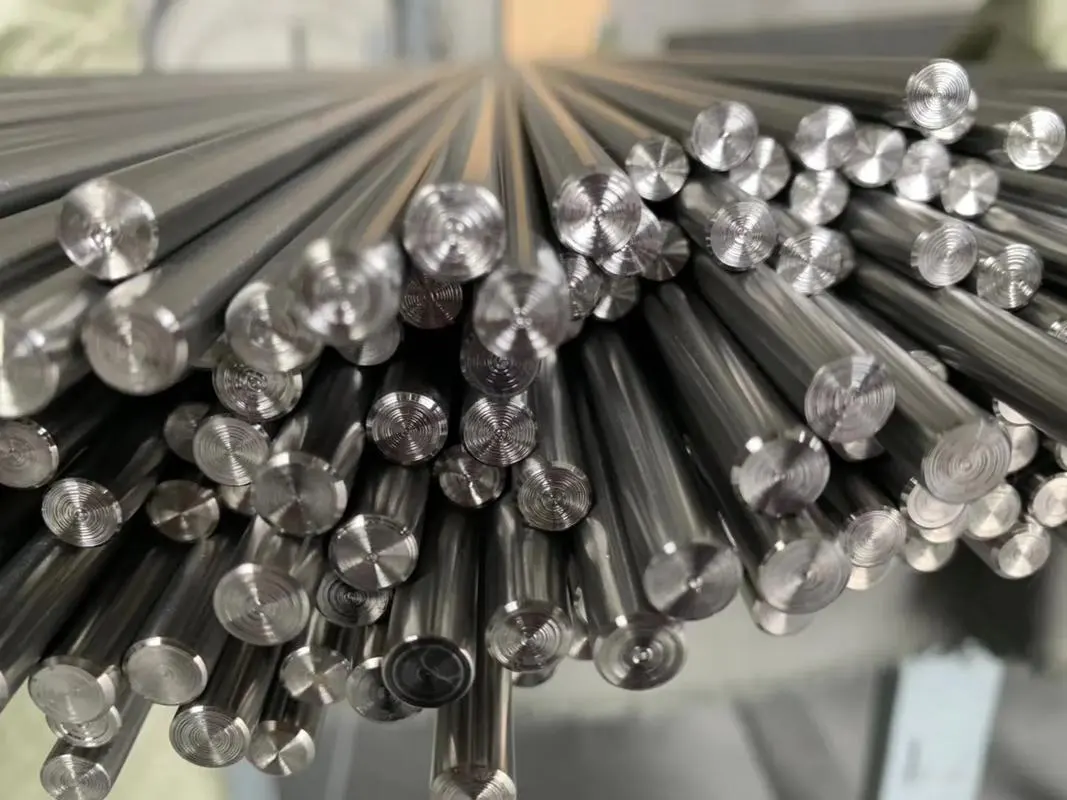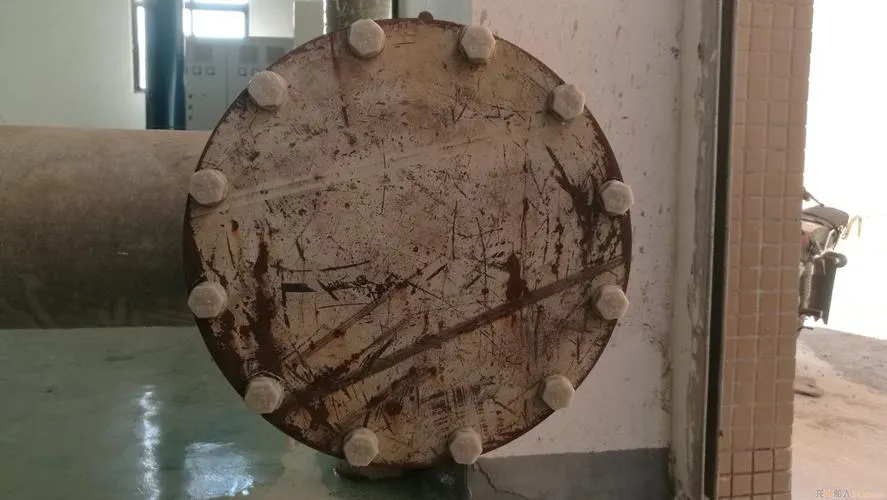What is the difference between 304 et 316? These are the two most common types of stainless steel, and with so many grades available, making the right choice is key. Understanding the nuances between them is essential, and reliable and professional stainless steel tube manufacturers and suppliers will help you make an informed choice. We focus on their applications in tuyau en acier inoxydable et raccords. Before reading this article, please understand what is 304 steel et Qu'est-ce que l'acier 316 ?.
What's The Difference Between 304 And 316? The Core Distinction!
304 and 316 are both aciers inoxydables austénitiques with good corrosion resistance. The main difference is in their chemical composition: 316 contains molybdène, while 304 contains no molybdenum. Molybdenum significantly enhances corrosion resistance. The effect of molybdenum is particularly noticeable in environments rich in chlorides. This makes 316 a premium choice.
Key Differences: 304 and 316 Explained
316 contains 2-3 per cent molybdenum, while 304 contains no molybdenum. This element is the main difference and significantly improves corrosion résistance.
304 is very resistant to general corrosion atmosphérique. 316 has greater corrosion resistance, resisting piqûre et crevasse corrosion. Excellent in chlorinated environments such as seawater.
You May Also Want To Know:
Qu'est-ce que la température critique de corrosion par piqûres et la température critique de corrosion caverneuse
304 is generally more economical and offers excellent value for general purpose applications. 316 has a higher material cost, and the increased performance of 316 in critical applications justifies the investment.
Both grades have good performance at elevated temperatures. 316 has better creep strength due to the presence of molybdenum and maintains higher integrity at elevated temperatures.
Both 304 and 316 are easy to weld. For heavily welded sections, it is best to use low carbon materials (304L, 316L) to prevent sensitisation.
Vous voudrez peut-être aussi lire :
Stainless steel welded pipe introduction
Chemical Composition: 304 vs. 316
| Élément | 304 Stainless Steel | 316 Stainless Steel |
|---|---|---|
| Cr | 17.5-19.5 | 16.0-18.0 |
| Ni | 8.0-10.5 | 10.0-14.0 |
| Mo | None | 2.0-3.0 |
Ce que nous faisons
Mechanical Properties: 304 vs. 316
| Élément | 304 Stainless Steel | 316 Stainless Steel |
|---|---|---|
| Résistance à la traction | ≥515MPa(75ksi) | ≥515MPa(75ksi) |
| Limite d'élasticité (décalage de 0,2%) | ≥205MPa(30ksi) | ≥205MPa(30ksi) |
| Élongation | ≥40 | ≥40 |
| Dureté (HRB) | ≤92 | ≤95 |
| Densité | 8,0 g/cm³ | 8,0 g/cm³ |
| Plage de fusion | 1400-1450°C | 1370-1400°C |
Typical Applications: 304 vs. 316 Stainless Steel Pipe & Fittings
| Application Type | 304 Stainless Steel | 316 Stainless Steel |
|---|---|---|
| Service général | Water lines, basic food processing | Marine, Chemical Processing, Medical |
| Corrosive Env. | Mild acids, atmospheric exposure | Chlorides, Seawater, Strong Acids |
| High Hygiene | General food, dairy | Pharmaceutical, Surgical, Brewery |
| Structural | Architecture, railings | Offshore, Coastal, Industrial Exhaust |
| Température | Moderate to High | Higher temp process lines |
Making the Right Choice for Your Piping Systems
- Choose 304 for general purpose applications, which is cost-effective. It has good corrosion resistance and is ideal for freshwater systems.
- Choose 316 for harsh environments, suitable for marine environments. Can be used in chemical processing, resistant to chlorides and high temperatures.
Sourcing Stainless Steel Pipe and Fittings
- Verify Grades: Always confirm the exact grade and request a Material Test Report (MTR).
- Compliance: Check for compliance with ASTM, ASME, and other relevant standards.
- Supplier reputation: Work with trusted manufacturers. They can provide reliable 304 and 316 products and have certifications(par exemple ISO 9001 et CE-PED).
- Product form: Specify the correct pipe size or fitting type (e.g., sans couture, butt-welded fittings).
Voir le document de spécification des tubes en acier inoxydable
Vous voudrez peut-être aussi lire :
Qu'est-ce que l'acier 304 ? L'idéal pour de nombreuses applications !
Qu'est-ce que l'acier 304l ?
Comprendre ce qu'est l'acier 316 pour les besoins critiques !
Qu'est-ce que l'acier inoxydable 316Ti ?
Acier inoxydable 316 VS 316L
Acier inoxydable austénitique : 316 LN
Qu'est-ce que l'acier inoxydable 304h ?
Qu'est-ce que l'acier inoxydable 316H ?
Que sont les aciers inoxydables H et L - Duplex Pipe
La signification des lettres après les nuances d'acier inoxydable
Nous contacter
- RM901 No.22 Tangjiaqiao Road Wenzhou Chine
- +86 577 8551 1171
- [email protected]
- https://www.kaysuns.com/



